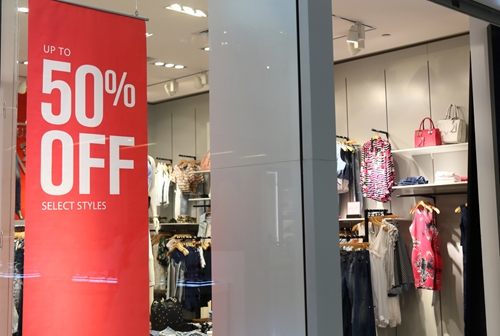Being the cost-efficient option is no longer a draw in retail, it’s the standard. The Global Marketing Alliance suggested that modern competition from multiple real-world and online stores allows consumers to find the lowest offer every time they want to make a purchase. This trend has forced retailers to find new solutions to slash their prices while still maintaining a profit.
The law of supply and demand is more important than ever. As right-pricing – finding the number low enough to attract audience and high enough to turn a profit – becomes a common business practice, stores need to quantify consumer need in real time to ensure they’re not being undercut or giving merchandise away at a loss. Using business intelligence systems allows businesses to monitor and collect data associated with demand. These solutions also help companies send valuable marketing to audiences who aren’t swayed by prices alone.
“Automated data processing solutions can generate visualized projections for demand.”
Price matches demand
If people want a certain color or size clothing option during summer of the previous year, retailers may expect the same call for the product in the upcoming season. BizTech said predictive modeling tools help companies analyze data collected from past sales and compare it to inventory, market fluctuations and any other relevant information.
Automated data processing solutions generate visualized projections for demand so decision-makers can make informed choices when setting prices. These predictive analytics also help stores avoid problems. Intelligent systems may show when a product is about to fall out of demand so businesses can prepare items for special sales while there is still interest.
Utilizing an effective solution turns right-pricing into a consistent procedure. Each store is different, however, so creating a reliable pricing solution for a particular retailer may call for custom data solution provided by an experienced partner.
Marketing to interested consumers
Once a store recognizes demand, it can set prices accordingly. After that, the business can dive down into the data to discover who wants products. This allows companies to deliver extra value shoppers expect from stores that provide the expected price for merchandise.
The Global Marketing alliance said only a third of consumers feel they receive the same personalization that they get online. With the right data collection and processing tools, stores can offer loyalty programs and other specialized deals. The IBM Watson Analytics consumer blog said predictive modeling tools help retailers deliver marketing targeted to specific demographics. It’s not enough to just recognize demand. Predicting who will want products lets businesses know who should be contacted during sales or other store events.






